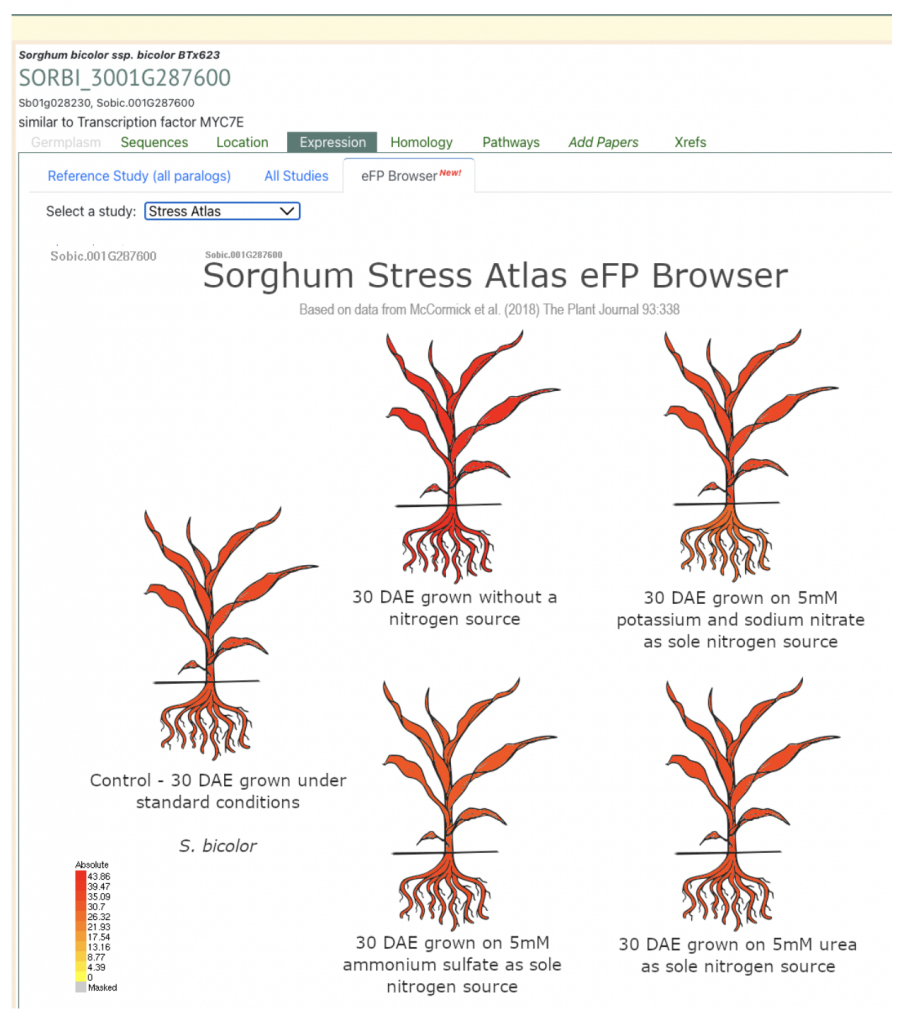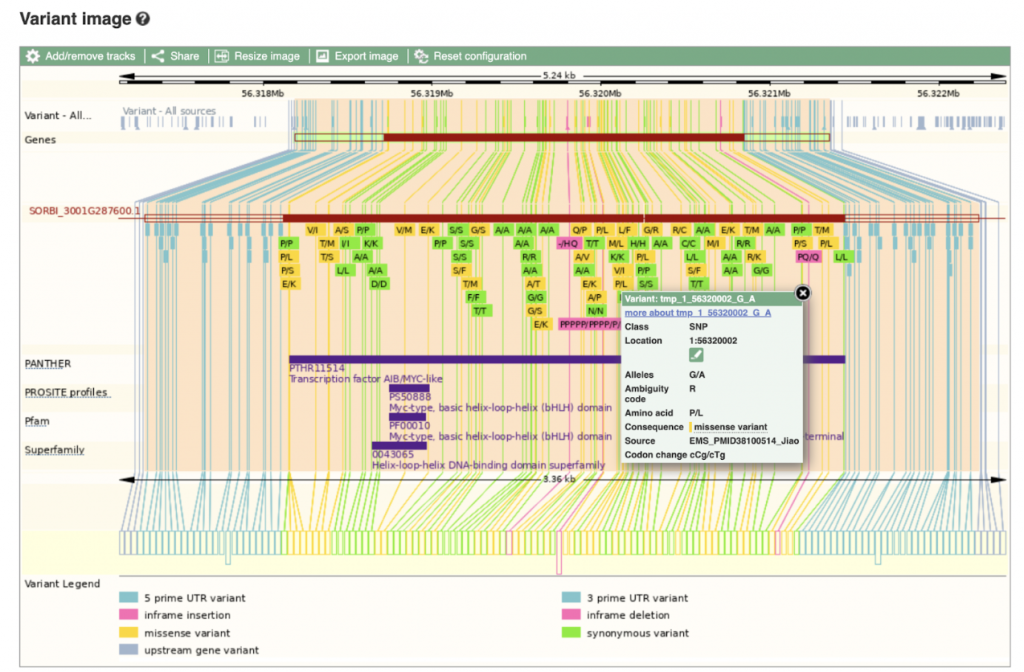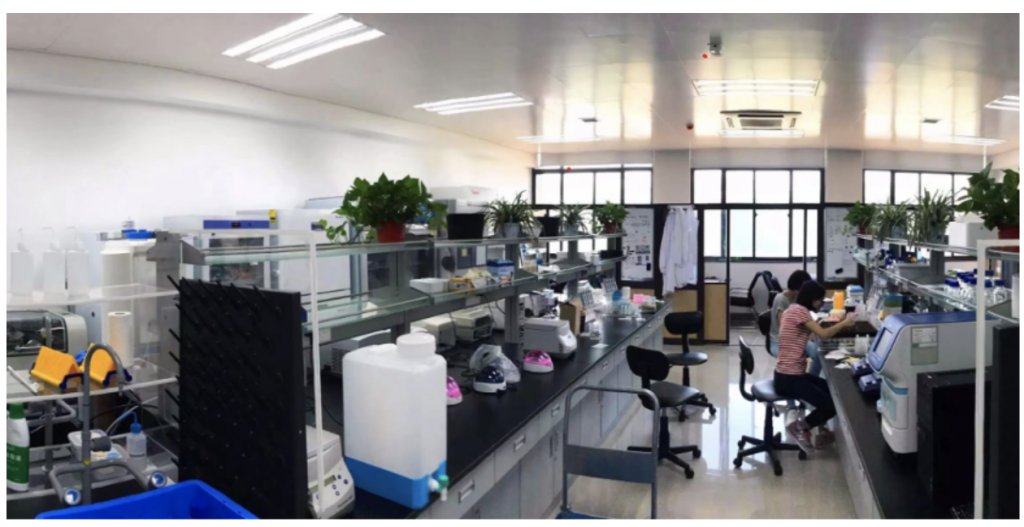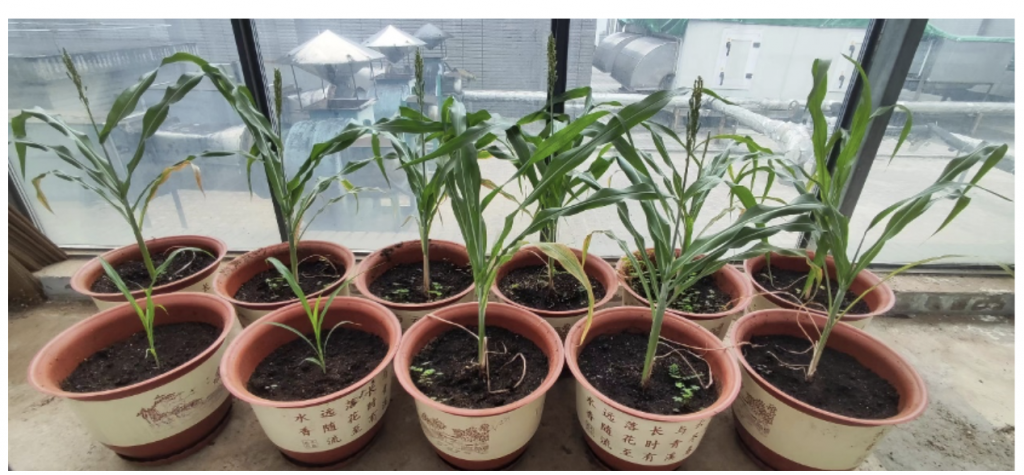Drought stress poses a significant threat to global food security by causing extensive crop yield losses. Sorghum, a vital economic crop often planted in arid or semi-arid environments, is highly drought resistant, but is vulnerable to drought stress during germination and grain filling stages. Identification of drought-tolerant genes in sorghum is crucial for improving its resilience to drought and enhancing crop quality and yield. Drought stress affects plants through osmotic and oxidative stress mechanisms, triggering responses such as the accumulation of abscisic acid (ABA) and reactive oxygen species (ROS). Plants have evolved various defense mechanisms including the activation of transcription factors (TFs) like basic helix-loop-helix (bHLH) TFs to combat these stresses. Among bHLH TFs, MYC2 plays a central role in the jasmonic acid (JA) signaling pathway, which is involved in plant responses to drought stress. In this study, scientists from Nanjing University, Heilongjiang Bayi Agricultural University and Huaiyin Normal University investigated the function of SbMYC2, a basic helix-loop-helix (bHLH) transcription factor, in sorghum, under drought stress conditions.
Findings reveal that SbMYC2 responds most significantly to PEG-simulated drought stress and JA treatments. Overexpression of SbMYC2 enhances drought tolerance in transgenic sorghum, Arabidopsis, and rice lines by increasing ROS scavenging capacity. Conversely, silencing SbMYC2 reduces drought tolerance and weakens ROS scavenging ability in sorghum. Furthermore, SbMYC2 directly activates the expression of SbGR1, a key gene involved in drought response, while its interaction with SbJAZs proteins inhibits the transcriptional activation of SbGR1. The research also shows that SbMYC2 is responsive to different plant hormones and non-biological stressors, including Mannitol, PEG, ABA, and Me-JA treatments. This suggests that SbMYC2 may play a role not only in drought stress and JA signaling but also in the ABA signaling pathway. This study fills a critical gap in understanding the molecular mechanisms underlying sorghum’s drought tolerance and provides a theoretical basis for breeding sorghum varieties with enhanced drought tolerance by leveraging the regulatory pathway involving SbMYC2 and SbGR1.
SorghumBase examples:



Reference:
Wang G, Long Y, Jin X, Yang Z, Dai L, Yang Y, Lu G, Sun B. SbMYC2 mediates jasmonic acid signaling to improve drought tolerance via directly activating SbGR1 in sorghum. Theor Appl Genet. 2024 Mar 6;137(3):72. doi: 10.1007/s00122-024-04578-0. PMID: 38446239. Read more

